Exterior painting an old home; a few questions?
This summer I will be helping paint my parents home. My parents are older now and haven’t painted in quite a few years. I will probably do the bulk of the work. The house is in northeast Ohio, is 95 years old, wood siding over most of it, two dormers have what looks like cedar shingles. They’ve lived there for nearly forty years, and since they’ve owned it, they’ve always painted it the same color; and this paint job will use the same colors. Whenever it needed painting we would scrape the loose stuff, and paint. Never did any filling, sanding, stripping, etc. This time I’d like to do better, and maybe lengthen the life of the job. I’ve always gotten good advice and useful information from this forum, so i thought i would ask for some painting tips. First, prepwork. How do you decide the extent of the prepwork? I suppose scraping the loose areas is okay, but should I consider removing more of the old paint? I’ve seen those paint shaver-type grinders and they look promising. Also seen guys use a big disc sander. Could probably scrape a lot easier with a multi-master too. Seems like a lot of extra work, not sure if complete paint removal is worth all the effort, or if scraping just the loose stuff is adequate. Second, filling. I don’t believe anything is rotten, but I’ll probably have dents and dings. What’s a good filler? Third, primer and paint. I know everyone has their personal favorites. The house has always been painted and touched up with Sears, I believe their “Weatherbeater” latex. I’m assuming that I’ll probably go with a latex for the topcoat, for ease of cleanup. But, should I consider an alkyd for priming areas of bare wood, or is there a good latex for that? Last, application. We’ve always brushed the house. The house is in a suburb and the neighbors are within 10′ on one side and about 15′ on the other. Other than speed, would there be any advantage to renting a sprayer?
Fine Homebuilding Recommended Products
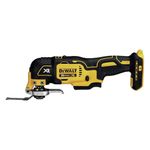
DEWALT 18v Cordless Multitool (DCS355)
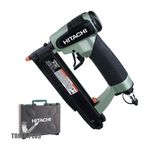
Hitachi Pin Nailer (NP35A)
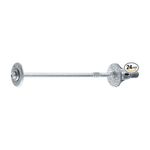
FastenMaster Screw Bolt Fastening System
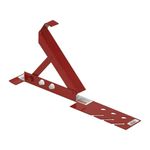
Roof Jacks
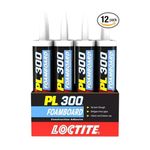
Loctite Foamboard Adhesive















Replies
Not a professional painter but I've done a couple of homes where I used a disk sander to remove deteriorated paint down to the wood clapboards. If the old paint is mostly adhering, I like the idea of only removing the loose stuff. Having a nice bare wood surface is nice, but do you really want to spend all the time and effort? Not to mention all the hazards of the lead paint thats probably there. Wear a dust mask!
Preparation is the key to a good looking, long lasting paint job. Scrape off all loose paint, sand and "feather out" the old paint. If you use a disk sander keep a light touch because you don't want any "sander marks" in the wood. Sanding by hand is good. Wash the old paint surfaces with detergent and rinse. Remove all dust and dirt from all bare wood. Use alkyd primer only when surface is clean and dry. The lower the humidity, the better. I don't like pressure washers because they inject too much moisture into the siding. Finish with latex top coats.
Just my 2 cents.
You definitely want to go heavy on the prep, but the amount of work required to completely strip even a relatively small area is substantial. Don't bite off more than you can chew (or easily paint in a day or two).
For stripping old oil paint a torch or hot air gun is the way to go, so long as the surface is reasonably smooth. Some fire danger, though, so you want to be careful and always have a charged water hose at hand.
Problem with torch/hot air, though, is that it works poorly to not at all on latex. If there's only been one latex coat, or maybe two, then it'll work, but beyond that it gets iffy.
As to the other options for stripping, most do a certain amount of damage to the surface, so you have to weight that.
Regardless, whenever you strip even a small area to bare wood, be sure to prime it fairly promptly (within a day or two) with a good quality alkyd primer like MoorWhite. (Latex primers suck on bare wood.)
Rather than spray, use a small (7") roller and back brush. On lap siding you first brush under the laps for a maybe 3x3 area, then roll paint on the surface, then go over the paint with the brush again. Much faster than straight brush painting, and you get more even coverage.